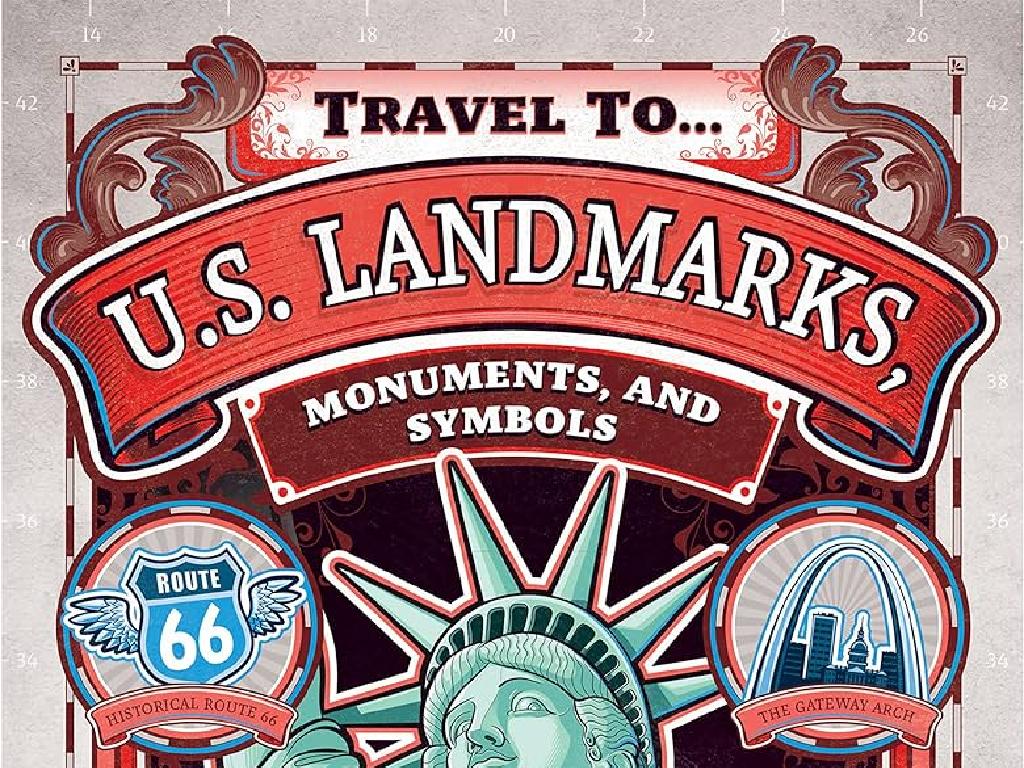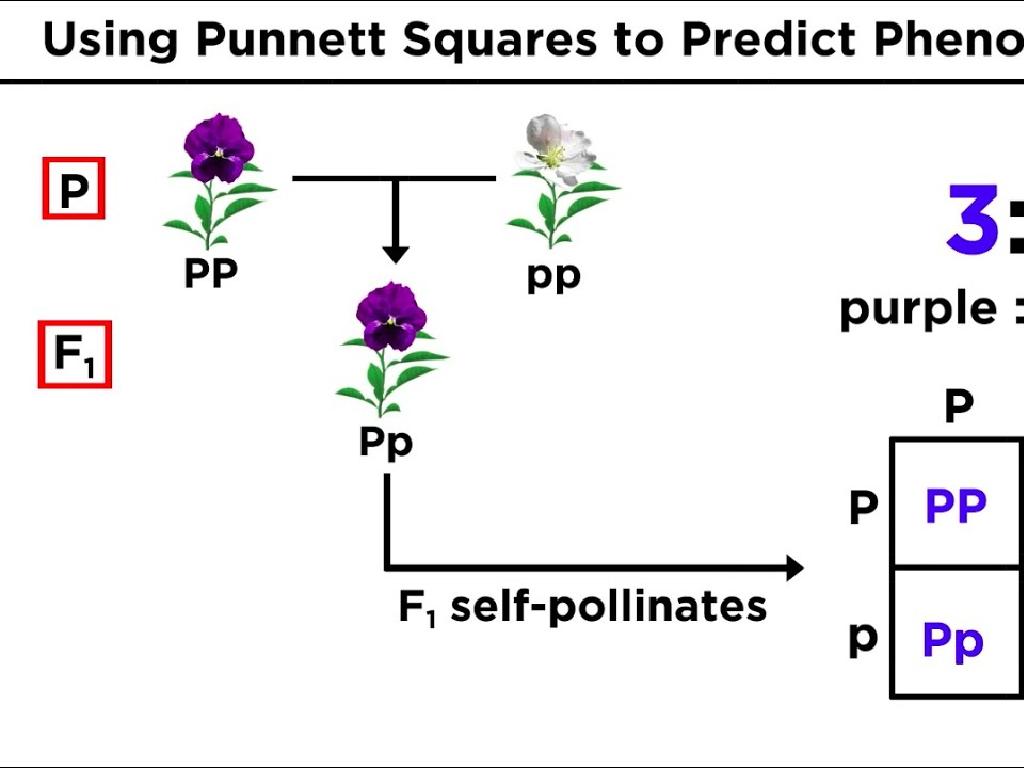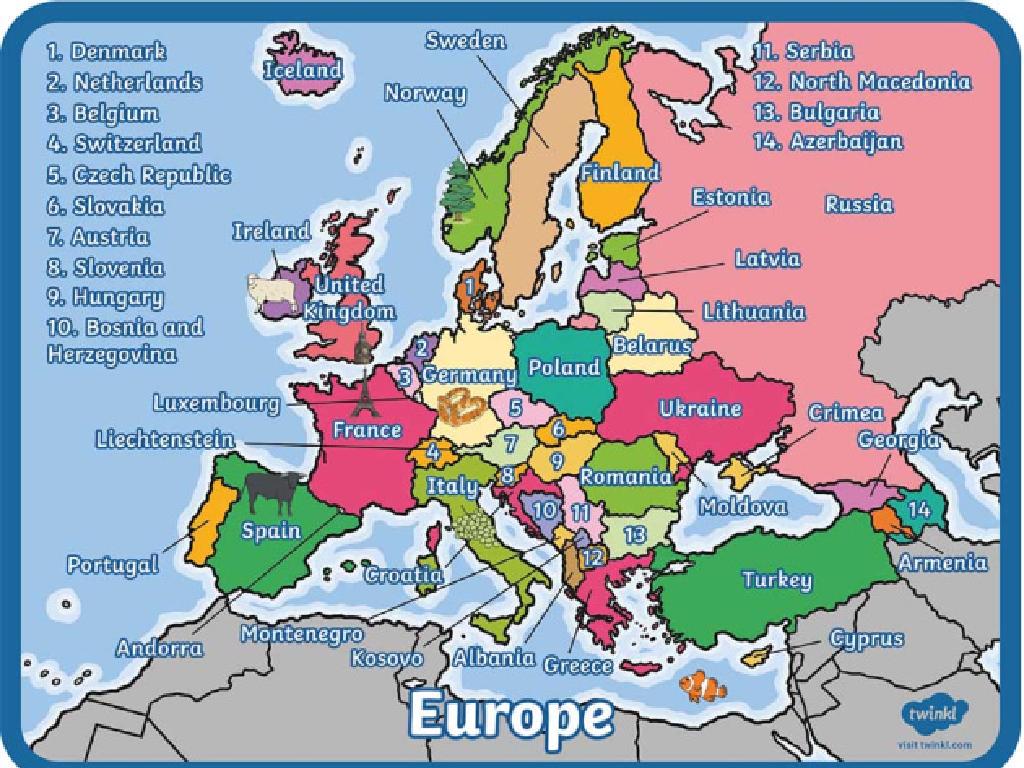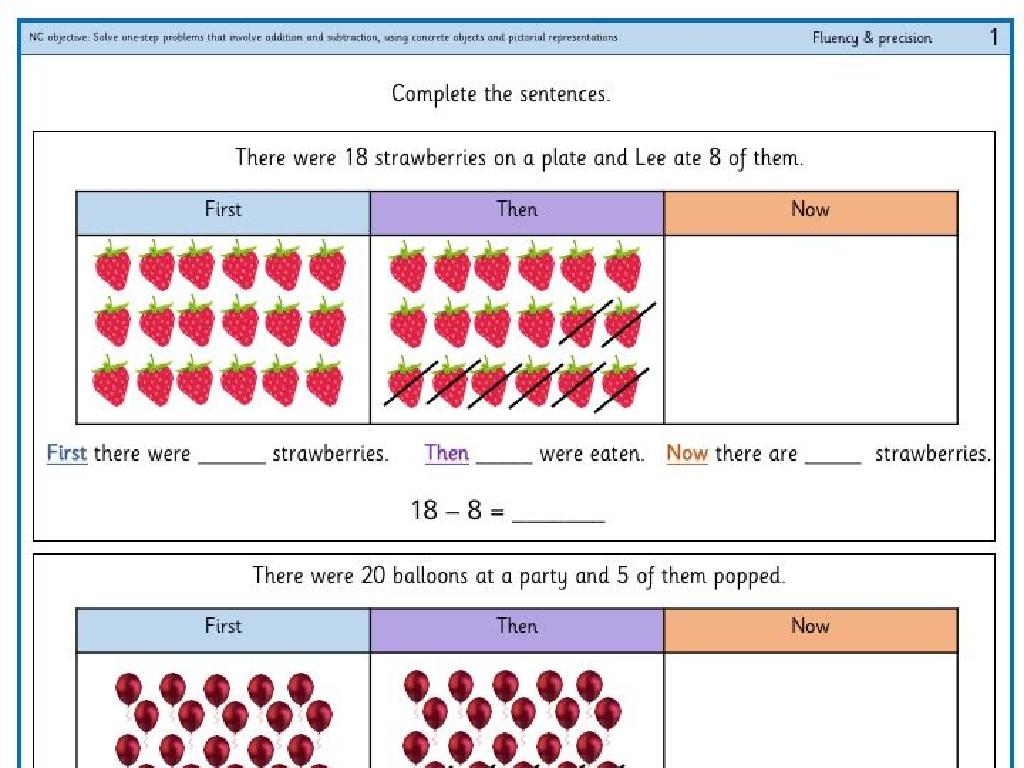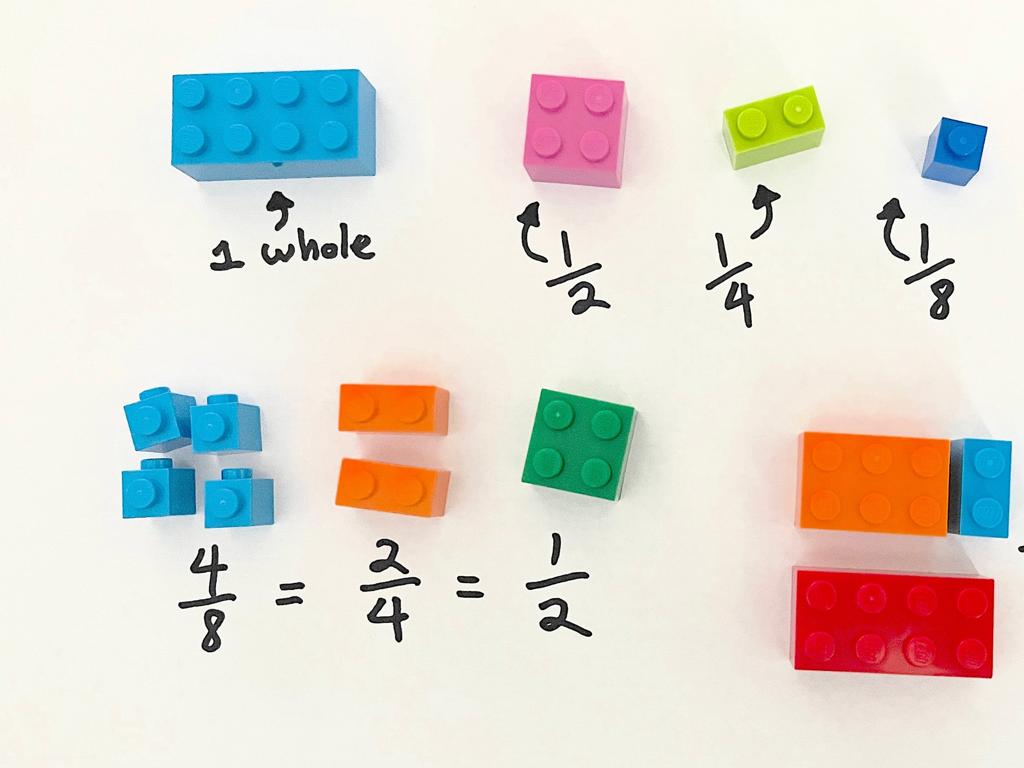Local Government
Subject: Social studies
Grade: Fourth grade
Topic: Government
Please LOG IN to download the presentation. Access is available to registered users only.
View More Content
Welcome to Local Government!
– Meet our community leaders
– Mayors, council members, and more
– What is local government?
– It’s the government closest to us
– Why local government matters
– Keeps our community running smoothly
– Examples of local government
– Schools, parks, and police
|
This slide introduces students to the concept of local government and its relevance to their daily lives. Begin by discussing the roles of community leaders such as mayors and council members, who make decisions that affect the local community. Explain that local government is the level of government closest to the people, dealing with issues within the city or town. Emphasize the importance of local government in maintaining order, providing services, and ensuring the community’s well-being. Use relatable examples like how local government is responsible for the maintenance of schools, parks, and public safety through police and fire services. Encourage students to think about how these services impact their lives and to be prepared to discuss more in the next class.
Branches of Local Government
– The Executive Branch Role
– The Mayor’s office enforces laws and manages the city.
– The Legislative Branch Explained
– City Council makes local laws and budgets.
– The Judicial Branch Function
– Local courts judge cases and uphold justice.
– How They Work Together
|
This slide introduces students to the three branches of local government and their roles. The Executive Branch, headed by the Mayor, is responsible for enforcing laws and managing the city’s day-to-day operations. The Legislative Branch, or City Council, has the power to create local laws, approve budgets, and make decisions that affect the local community. The Judicial Branch, which includes local courts, interprets laws and judges cases to ensure justice is served. It’s important for students to understand how these branches work independently and together to govern their community effectively. Discuss examples of decisions made by each branch and how they impact the students’ lives. Encourage students to think of questions they have about their local government for future discussion.
Local Government: Roles and Responsibilities
– The role of the Mayor
– The Mayor leads the city, like a school principal.
– City Council functions
– City Council makes laws, like class rules.
– Local Courts in our community
– Local Courts decide on community issues, like resolving disputes.
– Understanding local leadership
|
This slide aims to introduce students to the basic structure and roles within local government. The Mayor is compared to a school principal, providing leadership and making important decisions for the city. The City Council is likened to creating class rules, but for the entire city, involving making laws and overseeing city services. Local Courts are presented as the place where disagreements or problems in the community are resolved, similar to how disputes are settled in school. The slide should help students understand how these roles contribute to the functioning and well-being of their community. Encourage students to think of questions they would like to ask local government officials and prepare a possible visit or a guest speaker session with someone from the local government.
Local Government Services
– Public Safety Services
– Police and fire departments protect our community.
– Educational Services
– Schools and libraries are places to learn and read.
– Infrastructure Maintenance
– Roads and public transport help us travel safely.
– Community Support
|
This slide aims to educate fourth-grade students about the various services provided by local governments. Public safety is ensured through services like police and fire departments, which work to protect citizens and their property. Educational services include public schools and libraries, which are essential for learning and community engagement. Infrastructure maintenance covers the construction and upkeep of roads and public transportation systems, which are vital for safe and efficient travel within the community. While discussing community support, emphasize how local governments play a role in creating recreational areas, such as parks and community centers, which are not explicitly mentioned in the content but are important for students to understand. Encourage students to think of examples of these services they see in their daily lives and discuss the importance of each service.
Meeting Local Government Officials
– Identify local government officials
– Mayors, council members, and sheriffs are examples of local officials.
– Understand local election process
– Officials are elected by community voting. Learn how a local election works!
– Explore interaction with local government
– Attend town hall meetings, write letters, and participate in local events.
– Recognize officials’ roles and responsibilities
|
This slide aims to familiarize students with the people who make decisions in their local government and how they come into power. Introduce the roles of mayors, council members, and other local officials. Explain the election process at a local level, emphasizing the importance of community involvement and voting. Discuss ways students and their families can engage with their local government, such as attending meetings or community events, and how they can communicate their ideas or concerns to their elected officials. Highlight the impact these officials have on daily life and the services provided by the local government. Encourage students to think of questions they would ask their local officials if given the chance.
Your Role in the Local Government
– Voting in local elections
– Voting helps choose leaders and make laws.
– Participating in town hall meetings
– Share ideas and concerns with local leaders.
– Volunteering for the community
– Help in local libraries or parks.
– Community service activities
– Join clean-ups or food drives.
|
This slide aims to educate fourth-grade students on the importance of their involvement in local government. Voting is a way for citizens to have a say in who makes decisions and what those decisions are. Town hall meetings are a platform for community members to voice their opinions and stay informed about local issues. Volunteering and community service are practical ways for students to contribute to their community’s well-being. Encourage students to discuss ways they can participate, even at a young age, such as helping in community gardens or participating in school elections to get a feel for the voting process.
Class Activity: Create Your Own City!
– Divide into groups, pick a government role
– Discuss services your city will provide
– Think about parks, schools, libraries, etc.
– Design your ideal city layout
– Draw a map including where each service would be
– Present your city to the class
|
This activity is designed to help students understand the roles and responsibilities of local government by creating their own city. Divide the class into small groups and assign or let them choose different local government roles such as mayor, city council, or urban planner. Each group should discuss what services are important for a city and decide which ones they would like to include in their ideal city. Encourage them to think about public services like education, safety, transportation, and recreation. After the discussion, students will design a layout for their city, drawing a map to show where each service would be located. Finally, each group will present their city plan to the class, explaining the reasoning behind their choices. Possible activities for different students could include designing a city park, planning a public transportation system, or creating a budget for city services.

